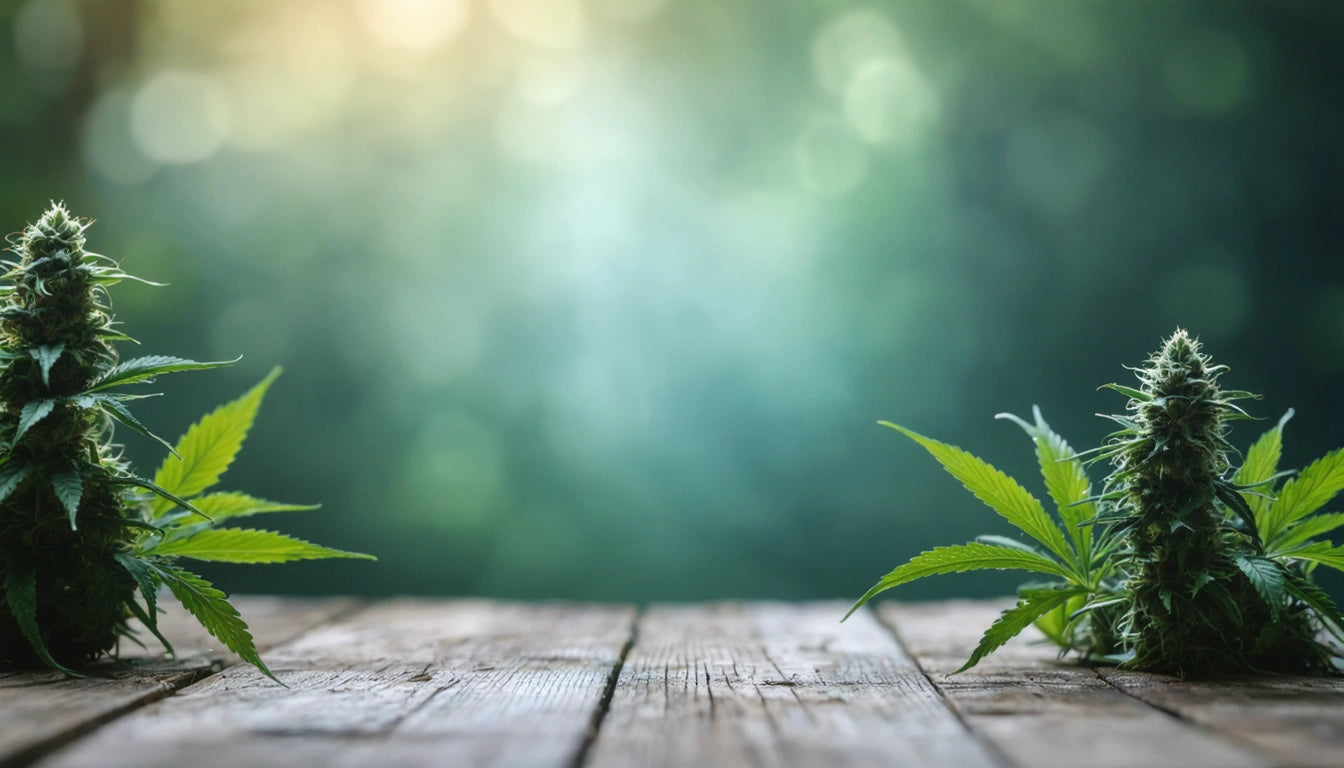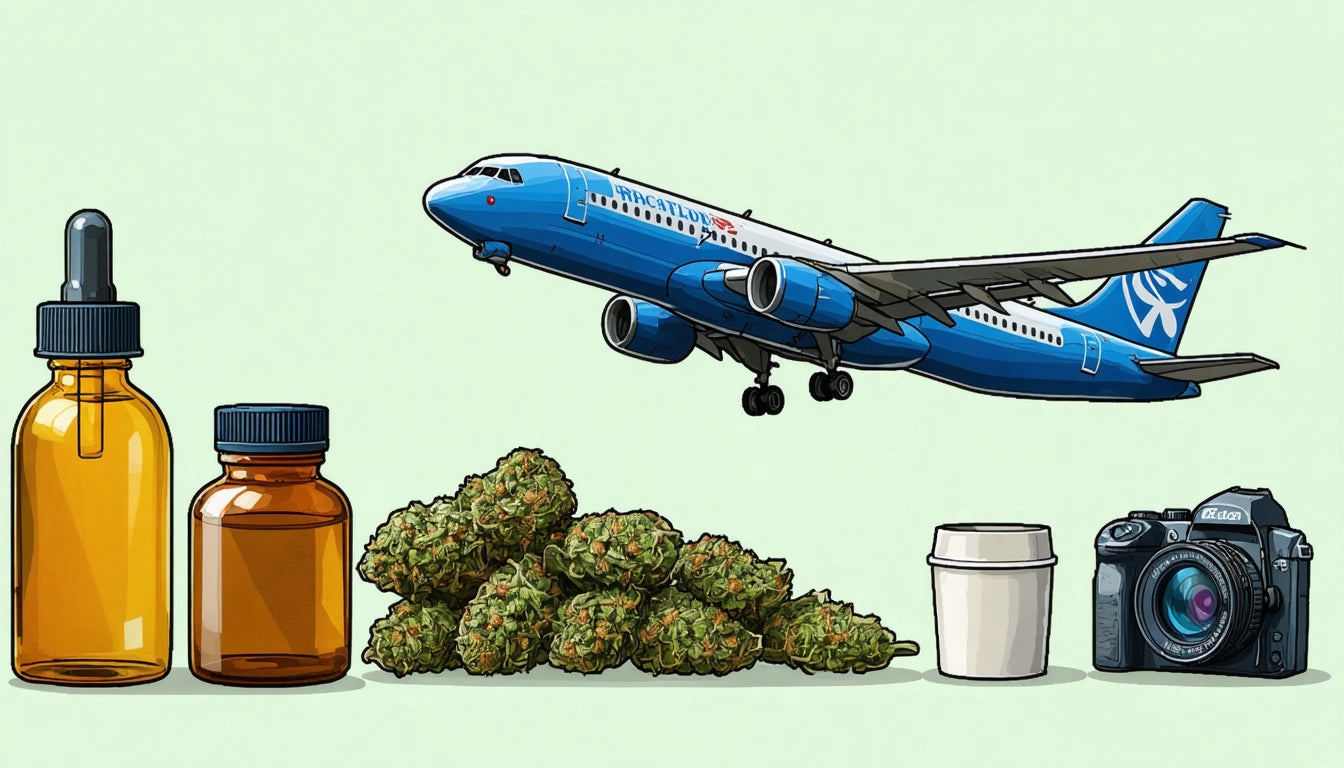Table of Contents
Recycling vs Composting: Which is Better for the Environment?
When it comes to responsible waste management, recycling and composting represent two distinct approaches with different environmental impacts. Understanding the differences between recycling vs composting can help businesses and individuals make more informed decisions about waste disposal. This guide explores both methods, their benefits, limitations, and environmental impacts to determine which might be better for specific situations.
Understanding Waste Management Options
Before diving into the comparison, it's important to understand what each process entails. Recycling transforms used materials into new products, while composting breaks down organic matter into nutrient-rich soil. Both aim to divert waste from landfills but operate on different principles and handle different types of materials.
According to research on global recycling rates, only about 9% of plastic ever produced has been recycled globally. Meanwhile, composting has seen growing adoption with approximately 28% of food waste being composted in environmentally conscious regions.
The Recycling Process: Benefits and Limitations
How Recycling Works
Recycling involves collecting, sorting, processing, and manufacturing materials into new products. Common recyclables include paper, cardboard, glass, certain plastics, and metals. The process typically requires significant infrastructure, energy, and sometimes chemical processes to transform materials.
For businesses implementing recycling programs, understanding the full recycling journey from collection to new product creation is essential for making informed decisions.
Benefits of Recycling
- Conserves raw materials and natural resources
- Reduces energy consumption compared to virgin material production
- Decreases landfill waste and associated methane emissions
- Creates jobs in the recycling industry
- Can handle non-biodegradable materials like plastics and metals
Limitations of Recycling
Despite its benefits, recycling faces significant challenges. Contamination issues, complex sorting requirements, and market fluctuations for recycled materials can reduce effectiveness. Additionally, not all materials labeled as recyclable actually get recycled due to economic and technical limitations.
The Composting Process: Benefits and Limitations
How Composting Works
Composting is a biological process where microorganisms break down organic materials into humus, a stable soil amendment. This process can handle food scraps, yard waste, and in some cases, certain types of cardboard and paper products.
For businesses implementing efficient composting systems, specialized equipment can accelerate the process. Many operations use industrial filling and processing equipment to manage organic waste streams more effectively, especially in food production or agricultural settings.
Benefits of Composting
- Creates nutrient-rich soil amendment that improves soil health
- Reduces methane emissions from landfills
- Requires minimal energy input compared to recycling
- Closes the nutrient loop in local food systems
- Can be implemented at various scales (home, community, industrial)
Limitations of Composting
Composting is limited to organic materials and cannot process plastics, metals, or many synthetic materials. It requires proper management to avoid odors and pests, and industrial-scale composting facilities may not be available in all areas.
Environmental Impact Comparison
When comparing composting vs recycling from an environmental perspective, several factors come into play:
Carbon Footprint
Composting typically has a lower carbon footprint than recycling because it requires less energy and produces fewer emissions during processing. While recycling reduces emissions compared to virgin production, the collection, transportation, and processing still generate carbon emissions.
Resource Conservation
Both methods conserve resources but in different ways. Recycling saves raw materials like bauxite (for aluminum) or petroleum (for plastics). Composting returns nutrients to soil, reducing the need for synthetic fertilizers and improving soil structure.
Waste Diversion
Combining both approaches provides the most comprehensive waste diversion strategy. As noted in this guide to recycling cardboard, some materials can be either recycled or composted depending on their condition and contamination level.
Practical Implementation for Businesses and Homes
The choice between compost vs recycle isn't always binary. Many organizations implement both strategies based on their waste stream:
For Businesses
Businesses should conduct waste audits to determine the composition of their waste stream. Food service operations may benefit more from composting programs, while offices might focus on paper recycling. Understanding post-consumer recycled content can also help businesses make better purchasing decisions.
For Homes
Households can implement both systems simultaneously. Kitchen scraps and yard waste can go to compost, while recyclables like glass, paper, and certain plastics can be recycled. The key is understanding local programs and requirements for both systems.
Future of Sustainable Waste Management Practices
The most effective approach to waste management combines recycling, composting, and waste reduction strategies. Rather than asking which is better, the future points toward integrated systems that maximize the benefits of each method while minimizing their limitations.
Emerging technologies are making both recycling and composting more efficient. Advanced sorting technologies improve recycling rates, while new composting methods accelerate decomposition and expand the range of compostable materials.
Ultimately, the best environmental choice depends on the specific material being discarded, local infrastructure, and individual circumstances. A thoughtful approach that prioritizes waste reduction first, followed by appropriate composting or recycling, offers the greatest environmental benefit. By understanding the strengths and limitations of both recycling and composting, we can make more informed decisions that truly benefit our planet.











Leave a comment
All comments are moderated before being published.
This site is protected by hCaptcha and the hCaptcha Privacy Policy and Terms of Service apply.